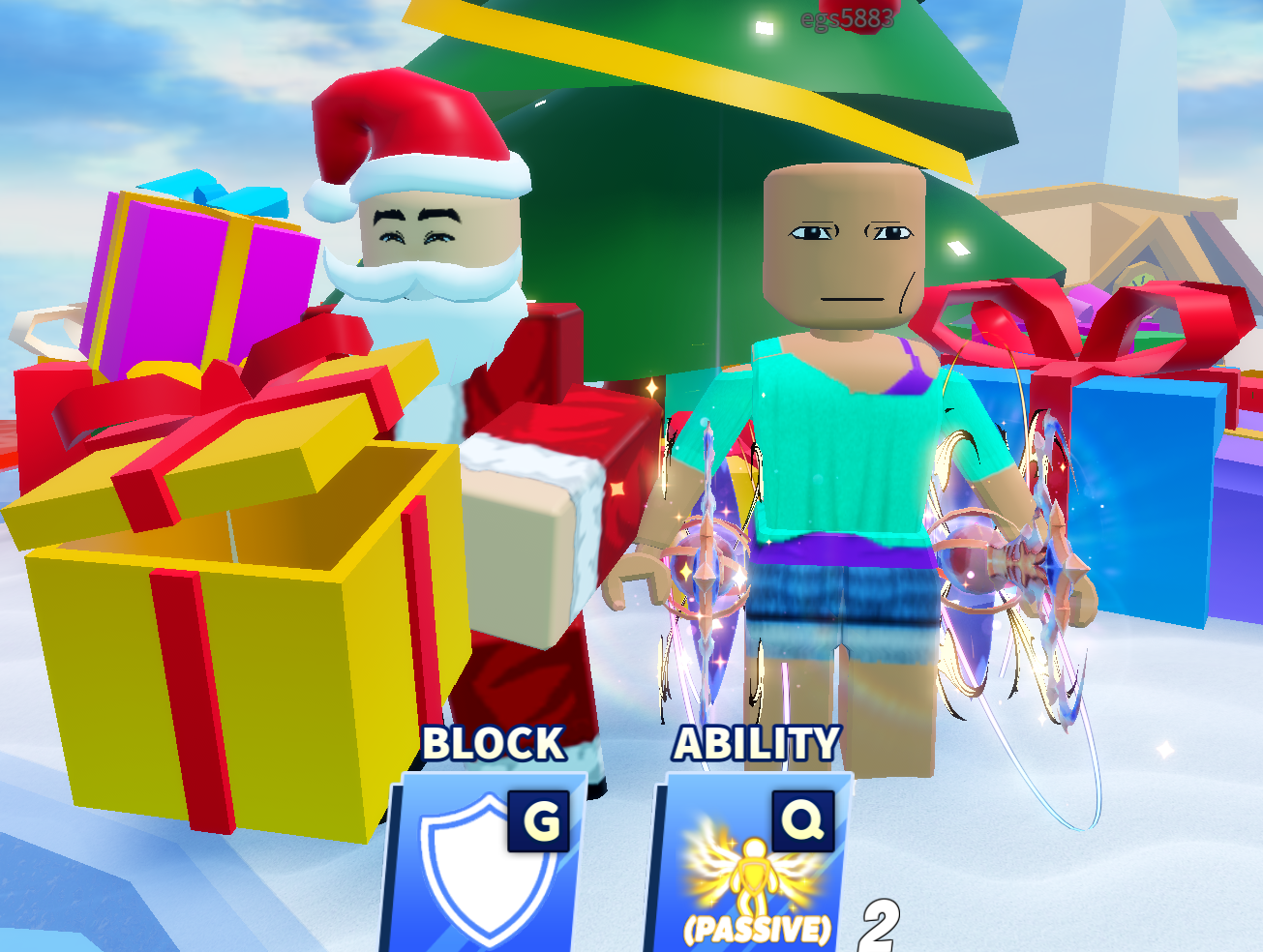B2.10 The Circulatory system
Cards (37)
- The _______ ventricle has thicker walls because it has to pump blood all the way around the body.
- Which blood vessel carries deoxygenated blood from the heart to the lungs?
- The journey of blood around the body
- Which blood vessel carries oxygenated blood from the heart to the body?
- Pacemaker cells are found in which chamber of the heart?
- What is the role of the circulatory system?
- What are the three main components of the circulatory system?
- What does blood carry in the circulatory system?
- How does the heart function in the circulatory system?
- What is the structure of the heart?
- How many chambers does the heart have?
- What are the top chambers of the heart called?
- What is the individual top chamber of the heart called?
- What are the bottom chambers of the heart called?
- What is the function of valves in the heart?
- Describe the path blood takes through the heart.
- How many times does the heart cycle in a minute?
- What cells act as a pacemaker in the heart?
- What do pacemaker cells produce?
- What is an artificial pacemaker?
- What does the term artery refer to?
- What does the term vein refer to?
- Can arteries carry deoxygenated blood?
- Can veins carry oxygenated blood?
- What are coronary arteries and their function?
- What do coronary arteries supply to the heart?
- Why does the heart need its own supply of blood?
- What is the total number of times the heart beats in a day?
- What happens when pacemaker cells malfunction?
- How does the structure of the heart support its function?
